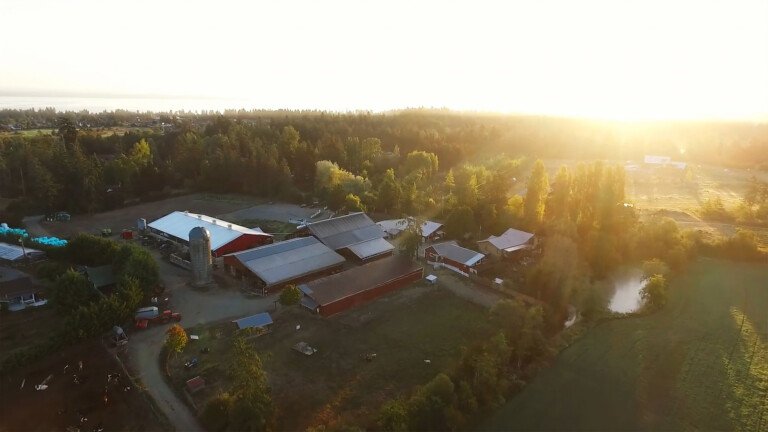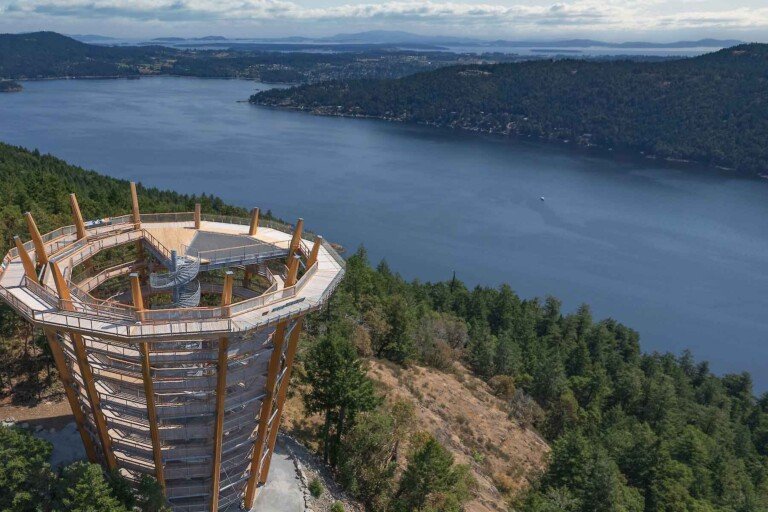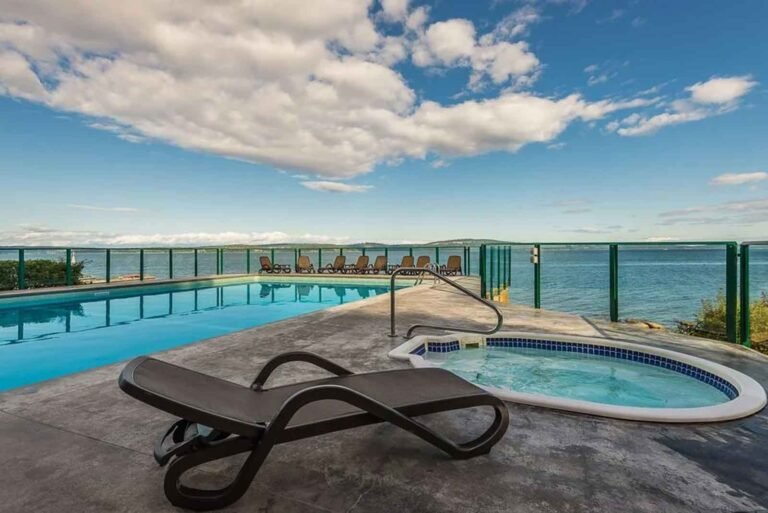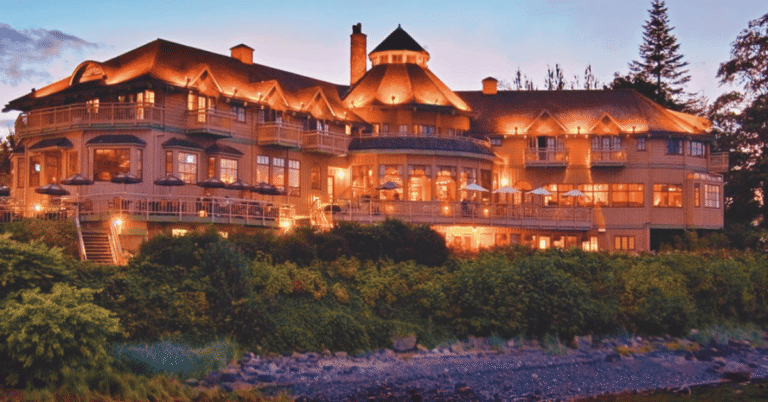British Columbia’s Akamina-Kishinena Provincial Park, together with Waterton Lakes National Park in Alberta and Glacier National Park in Montana, form the Crown of the Continent, a combination of biological, geological and climatic factors that occurs nowhere else in North America. These parks are also home to one the densest grizzly populations in North America, and the only specimens of Wyoming (Yellowstone) moose in Canada.
Akamina-Kishinena protects some of the oldest mineral formations in the Canadian Rockies. Most of these rocks are types of limestone that were deposited on the shallow floor and tidal flats on an ocean as early as 1½ billion years ago. Nunatuk, an interesting rock formation that was created from the same thrusting forces that created the Rocky Mountains, is the most photographed geological feature in the park. The highest peaks in the Clark Range of the Rocky Mountains occur here – Starvation (2,837 metres) and King Edward (2,802 metres).
Evidence found throughout the park indicates that K’tunaxa Aboriginal people inhabited this area long before European settlement. Rock cairns mark old native trails that lead through the South Kootenay Pass to reach the open plains where the K’tunaxa people traded and hunted buffalo. This area was also home to the first drilling sites in Western Canada dating back to the 1890s. Remnants of these historic oil rigs still exist.
It’s likely that up to half of all the rare and endangered plant species in BC occur in Akamina-Kishinena, including the rare Pigmy poppy, which is found nowhere else in British Columbia. To protect this delicate ecosystem, no motorized transportation is allowed in the park.
Recreational activities include backcountry hiking, horseback riding and some fishing. Visitors are reminded that this park is a rugged wilderness area with no supplies or equipment of any kind. Campers need to be fully self-sufficient and practice ‘no trace’ camping. A backcountry campground, with 10 wilderness sawdust tent pads, outhouse and food cache is provided at Akamina Creek. This campground is located just off the main trail 1.5 km from Akamina Pass, 3 km from the trailhead at Cameron Lake. Register a trip itinerary with friends; check in and check out. Winter camping is available year round at Akamina Creek sites.
The park offers hiking. Akamina Pass: This old road built in the 1920s transects the park from Akamina Pass through the Kishinena Creeks to eventually reach the Flathead River valley. Cyclists use this route for day excursions from Waterton Lakes. Forum Lake and Falls: From the Ranger Station, it is 200 m to the falls and 2 km to the lake. The hike to Forum Lake takes about 45 minutes with a climb of 200 m. Wall Lake: From the Akamina Road (200 m) from the Ranger Station it is 2 km to Wall Lake, 50 m elevation gain.
There are cross-country skiing opportunities in the park during the winter months. The wall Lake trail is a popular destination at this time of the year. Please note the the trail traverses steep slopes and slide areas, and there is a high risk of avalanches.
Akamina-Kishinena Provincial Park is located in the extreme southeastern corner of British Columbia, close to the Alberta and US borders. The only road into the park from Canada is gravel, south from Highway 3 at Morrissey Provincial Park, or from the town of Michel south to Kishinena Creek Logging Road. There is also trail access over Akamina Pass from the roadhead at Cameron Lake in Waterton Lakes National Park, Alberta.
Nearby Regions & Towns
Park Notices






